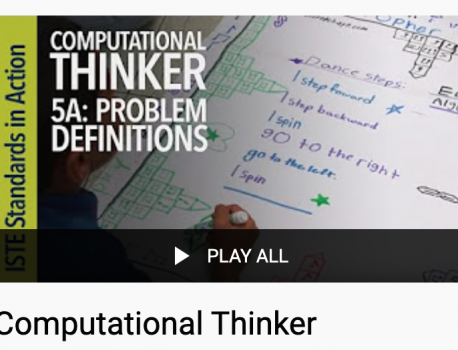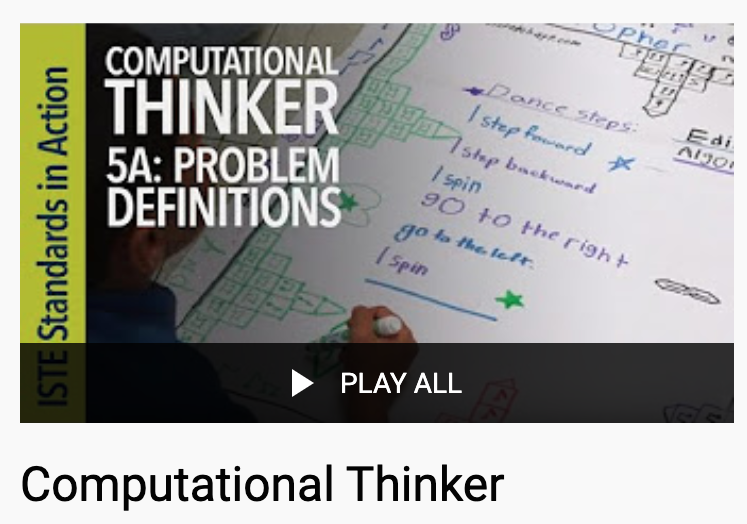From the sandbox to the football field, it is important for students and educators to recognize that computational thinking can be applied across multiple disciplines, including but not limited to technology and computer science. Computational thinking is the common denominator of critical thinking, STEM (science, technology, engineering, and math) learning, and project-based learning. In addition, computational thinking increases confidence in dealing with ambiguous, complex or open-ended problems.
Furthermore, computational thinking is comprised of four facets:
- decomposition – breaking something down into parts and dividing up a task
- algorithms – a sequence of steps to solve a problem
- pattern recognition – finding similarities and differences between the parts to make predictions
- abstraction – reviewing how the solution transfers to similar problems
According to the International Society for Technology in Education (ISTE), “today’s students must be prepared to thrive in a constantly evolving technological landscape.” By employing the language of computational thinking at an early age and beyond, students will become more than just consumers of technology. They can employ these valuable skills and create a tremendous impact on the world. Learn more about ISTE’s Computational Thinker Standards.



